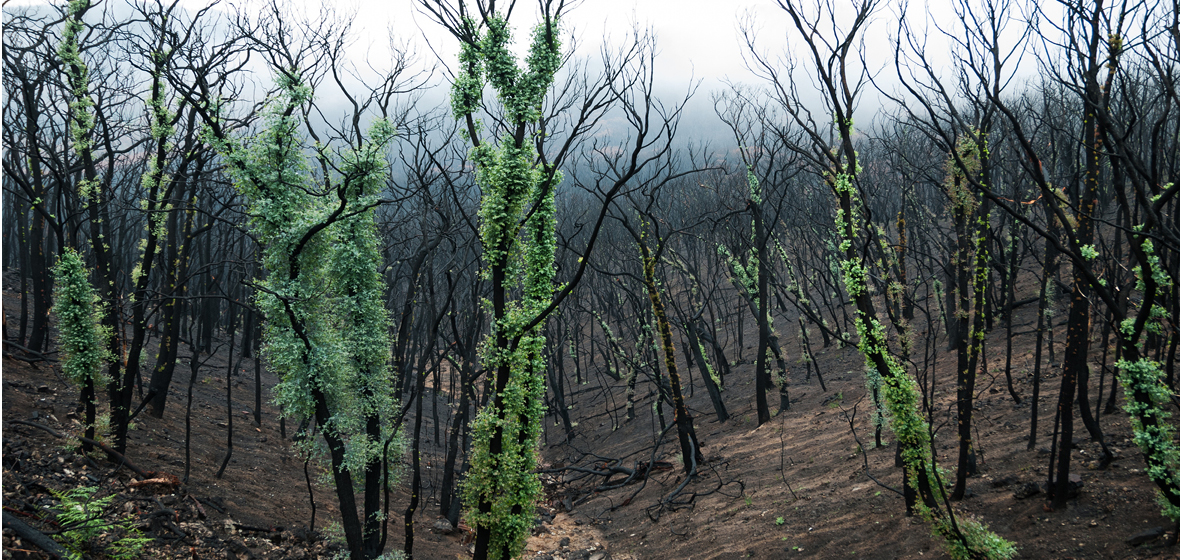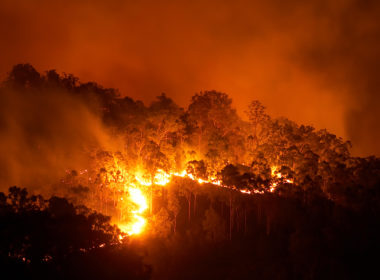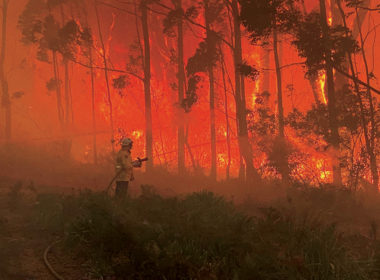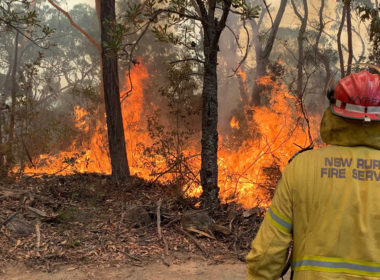Snapshot
- The economic costs of the 2019-2020 bushfires are currently estimated to be around $230 billion. So far, no estimate has been provided of the environmental costs.
- With climate change being recognised as an exacerbating factor in the disaster, the area of Climate Disaster Law is now coming to the fore.
- Climate Disaster Law is a portfolio of legal rules which deals with the four key phases of a disaster: prevention, emergency response, recovery and rebuilding, and compensating the victims.
- A failure of governance at any one of these phases inevitably impacts on the others so that the progression of a climate disaster becomes circular.
Australia has been seriously affected by bushfires in the 2019-2020 season. Recent estimates of the economic costs of the fires stand at around $230 billion (Paul Read and Richard Denniss, The Conversation, 17 January 2020). This includes tangible and intangible costs. Tangible costs include the human lives, homes, schools, businesses, infrastructure (electricity and telecommunications, for example), vehicles, crops, fodder, and farm animals (100,000 sheep alone on Kangaroo Island and 25,000 animals on the mainland) that have been lost and destroyed. This is without counting the cost of the one billion native animals and one hundred billion insects which are estimated to have died, or the lost ecosystems. As for the intangible social costs, in 2016 the Australian Business Roundtable for Disaster Resilience & Safer Communities found that for the Queensland Floods the social impacts outweighed the direct financial impacts ($3.9 billion: $3.1 billion) and for the 2009 Victorian bushfires ($7.8 billion: $6.7 billion). So the social costs of the fires are likely to be greater than $230 billion. So far, no estimate has been provided of the environmental costs. Since this disaster has been influenced and exacerbated by climate change, the area of Climate Disaster Law comes to the fore.
What is Climate Disaster Law?
Climate Disaster Law means a portfolio of legal rules which deals with the following phases of a disaster: prevention (Phase I); emergency response (Phase II); recovery and rebuilding (Phase III); and compensating the victims of climate disasters (Phase IV). However, a failure of governance at any one of these phases inevitably impacts on the others so that the progression of a climate disaster should be regarded as circular. The Intergovernmental Panel on Climate Change (‘IPCC’) defines climate disasters as:
‘severe alterations in the normal functioning of a community or a society due to hazardous physical events interacting with vulnerable social conditions, leading to widespread adverse human, material, economic, or environmental effects that require immediate emergency response to satisfy critical human needs and that may require external support for recovery (IPCC, Managing the Risks of Extreme Events and Disasters to Advance Climate Change Adaptation. A Special Report of Working Groups I and II of the Intergovernmental Panel on Climate Change 33 (C.B. Field, et al. eds., 2012).’
The IPCC’s 2012 Special Report on Managing the Risks of Extreme Events and Disasters to Advance Climate Change Adaptation (‘IPCC SREX Report‘) states that the risk of climate disasters lies at the intersection between the hazard of natural climate variability and anthropogenic climate change and the exposure and vulnerability of human society and natural ecosystems to the hazards. Although the IPCC states that attribution of changes in individual climate events to anthropogenic forcing is complicated, there is sufficient evidence to suggest that climate extremes such as heat waves, record high temperatures and, in many regions, heavy precipitation have changed due to climate change in the past half century. Climate disasters can also result from a series of non-extreme events which occur in combination with social vulnerabilities and exposure to risks. There have been many warnings about the risk which climate change poses to Australian bushfires.




